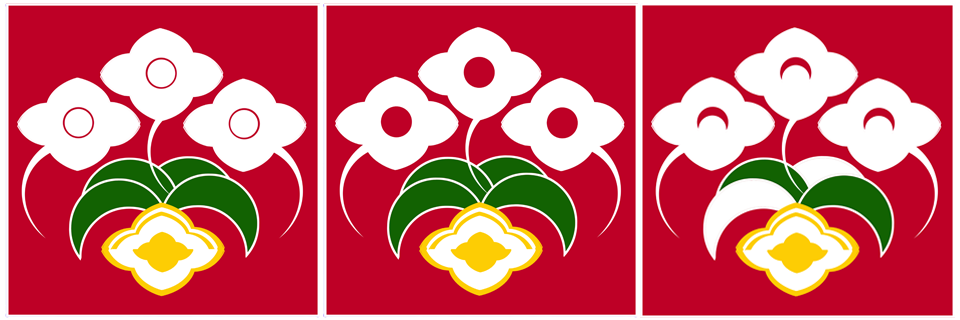There has been a silence on my blog. The only explanation I can find, is because my
FUUKIRAN are resting and
I AM MOVING TO FLORIDA !!!
Yes, a dream come true! I am very excited about the move and the new challenges and possibilities in growing
FUUKIRAN and other Japanese orchids in a completely different environment. It's outdoors, it's with addition of rain water, it's with better temperature range and high humidity, and it's with employing more traditional techniques.
The climate, where I am going to live is similar to southern Japanese Islands and in particular Amami Island. Summers are hot and humid In Sarasota FL, but coastal location makes it a bit cooler and breezier, than in central Florida. Also the presence of two seasons - dry/cooler and rainy/hot/humid makes it very similar with Amami Island.
SARASOTA, FLORIDA, USA
Average High Temperature
| Years on Record: 30 |
 | | ANNUAL | | JAN | | FEB | | MAR | | APR | | MAY | | JUN | | JUL | | AUG | | SEP | | OCT | | NOV | | DEC | |
| F | 84.6 | 73.9 | 76.9 | 80 | 84.6 | 90 | 91.7 | 92 | 92.1 | 90.6 | 86.5 | 80.5 | 75.4 |
Average Low Temperature
| Years on Record: 30 |
 | | ANNUAL | | JAN | | FEB | | MAR | | APR | | MAY | | JUN | | JUL | | AUG | | SEP | | OCT | | NOV | | DEC | |
| F | 61.7 | 49 | 51.8 | 55.2 | 58.7 | 64.1 | 70 | 71.9 | 72.7 | 71.5 | 65.2 | 57.6 | 52.1 |
Average Precipitation
| Years on Record: 30 |
 | | ANNUAL | | JAN | | FEB | | MAR | | APR | | MAY | | JUN | | JUL | | AUG | | SEP | | OCT | | NOV | | DEC | |
| in. | 59.6 | 2.7 | 2.8 | 3.9 | 2.6 | 2.8 | 9.7 | 9.7 | 9.7 | 7.9 | 3.3 | 2.2 | 2.5 |
|
|
AMAMI ISLAND, JAPAN
Average High Temperature
| Years on Record: 30 |
 | | ANNUAL | | JAN | | FEB | | MAR | | APR | | MAY | | JUN | | JUL | | AUG | | SEP | | OCT | | NOV | | DEC | |
| F | 76 | 64 | 63 | 67 | 73 | 78 | 84 | 88 | 88 | 86 | 79 | 73 | 67 |
Average Low Temperature
| Years on Record: 30 |
 | | ANNUAL | | JAN | | FEB | | MAR | | APR | | MAY | | JUN | | JUL | | AUG | | SEP | | OCT | | NOV | | DEC | |
| F | 64 | 52 | 52 | 55 | 61 | 65 | 72 | 76 | 76 | 73 | 67 | 61 | 55 |
Average Precipitation
| Years on Record: 30 |
 | | ANNUAL | | JAN | | FEB | | MAR | | APR | | MAY | | JUN | | JUL | | AUG | | SEP | | OCT | | NOV | | DEC | |
| in. | 124.8 | 7.9 | 8.3 | 8.3 | 10.3 | 12.6 | 16 | 9.7 | 13.1 | 10.6 | 12 | 9.1 | 6.9 |
I have big hopes that my collection will respond well to the change. This spring/summer for sure, will be a busy time for me!
Time permitting, I will be posting updates and notes of the progress. In 3-4 month my
FUUKIRAN should start blooming in Florida!

